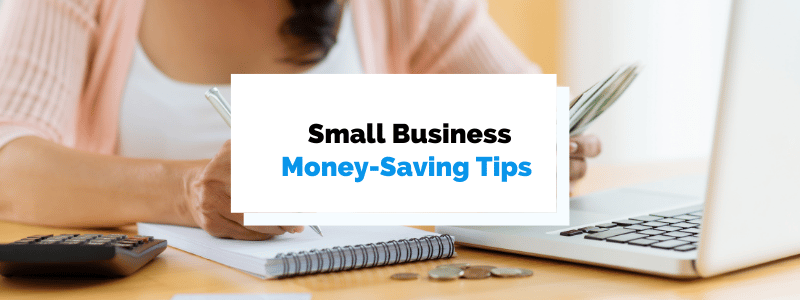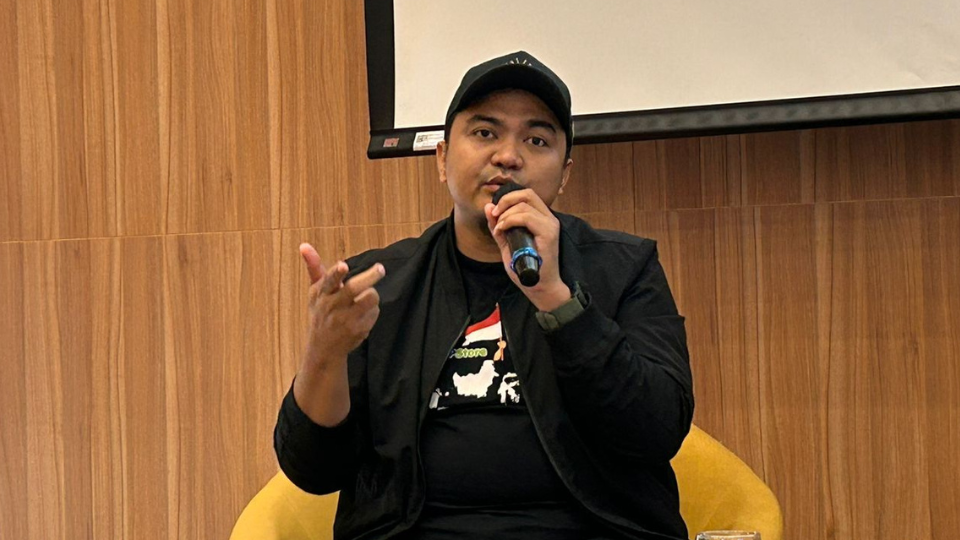One of the first steps in a quick home energy checkup is identifying energy leaks. These leaks can often be found around windows, doors, and other openings. Drafts are a common culprit that allows warm or cool air to escape, making your heating or cooling system work harder than necessary. To check for drafts, you can hold a lit candle or incense stick near windows and doors; if the smoke moves, there’s likely a draft. Sealing these leaks with weatherstripping or caulking can immediately improve your home’s energy efficiency, leading to lower energy bills and a more comfortable living environment.
Inspecting Insulation Levels
Another key component of a home energy checkup is inspecting the insulation levels in your attic, walls, and basement. Insulation is crucial for maintaining a consistent indoor temperature by reducing the amount of heat that escapes during winter and preventing excess heat from entering during summer. If your home’s insulation is inadequate or has settled over time, your HVAC system will need to work overtime to keep your home comfortable. Adding or replacing insulation is a relatively simple and cost-effective way to enhance your home’s energy efficiency, ensuring that your home retains more heat in the winter and stays cooler in the summer.
Evaluating HVAC System Efficiency
Your home’s heating, ventilation, and air conditioning (HVAC) system is a major energy consumer, so evaluating its efficiency is essential during an energy checkup. Start by checking the air filters—dirty or clogged filters force the system to work harder, using more energy. Replace the filters every few months to maintain optimal efficiency. It’s also important to inspect the system’s ducts for leaks or blockages, which can significantly reduce efficiency. If your HVAC system is older, consider upgrading to a more energy-efficient model. Regular maintenance, such as having a professional service your HVAC system annually, can help extend its lifespan and improve energy efficiency.
Assessing Appliance and Lighting Efficiency
During your quick home energy checkup, take the time to assess the efficiency of your appliances and lighting. Older appliances, especially refrigerators, dishwashers, and washing machines, tend to consume more energy than newer, ENERGY STAR-rated models. If replacing appliances isn’t in the budget, consider using them more efficiently—only run full loads in the dishwasher and washing machine, and use the cold water setting when possible. For lighting, switch to LED bulbs, which use significantly less energy and last much longer than incandescent bulbs. Additionally, make it a habit to turn off lights when not in use and utilize natural light during the day.
Reviewing Water Heating Practices
Water heating is another area where you can find energy savings during your home checkup. Start by checking the temperature setting on your water heater—it should be set to 120 degrees Fahrenheit, which is hot enough for most household needs while saving energy. Insulating your water heater and the first few feet of hot water pipes can also reduce heat loss, allowing the water heater to use less energy. Consider installing low-flow showerheads and faucets to reduce the amount of hot water used, further decreasing energy consumption. Regularly draining your water heater to remove sediment buildup can also help it run more efficiently.
Checking for Phantom Energy Use
Phantom energy use, also known as standby power, occurs when electronic devices continue to consume electricity even when they’re turned off. This is a common issue in many homes, and it can add up to a significant portion of your energy bill. During your checkup, identify devices that are plugged in but not in use—televisions, computers, chargers, and kitchen appliances are often the biggest culprits. Unplug these devices when they’re not needed, or use a smart power strip to automatically cut power to them. Reducing phantom energy use is an easy way to lower your energy bill without impacting your daily life.
Testing Thermostat Accuracy
Your thermostat plays a crucial role in regulating your home’s temperature, so ensuring its accuracy is important during a home energy checkup. Start by comparing the temperature reading on your thermostat with a separate, reliable thermometer. If there’s a significant discrepancy, your thermostat may be out of calibration, leading to inefficient heating or cooling. Consider upgrading to a programmable or smart thermostat, which can be set to adjust temperatures based on your schedule, reducing energy use when you’re not home. This simple upgrade can lead to substantial energy savings over time, as your HVAC system will only run when necessary.
Evaluating Window Efficiency
Windows are another area where energy can be lost, so evaluating their efficiency is key during your checkup. Older windows, especially single-pane models, can be a major source of heat loss in the winter and heat gain in the summer. If replacing windows isn’t feasible, consider applying window film or installing storm windows to improve their energy efficiency. You can also use heavy curtains or blinds to help insulate windows, particularly at night or during extreme weather. By improving your windows’ efficiency, you can reduce the load on your HVAC system and save energy throughout the year.
Encouraging Energy-Saving Habits
Finally, during your home energy checkup, consider ways to encourage energy-saving habits among your household members. Simple actions like turning off lights when leaving a room, unplugging devices not in use, and adjusting the thermostat when no one is home can make a big difference in overall energy consumption. Educating everyone in your home about the importance of energy efficiency and making it a collective effort will help sustain the benefits of your energy checkup. Over time, these habits can lead to noticeable reductions in your energy bills and contribute to a more sustainable lifestyle.
























